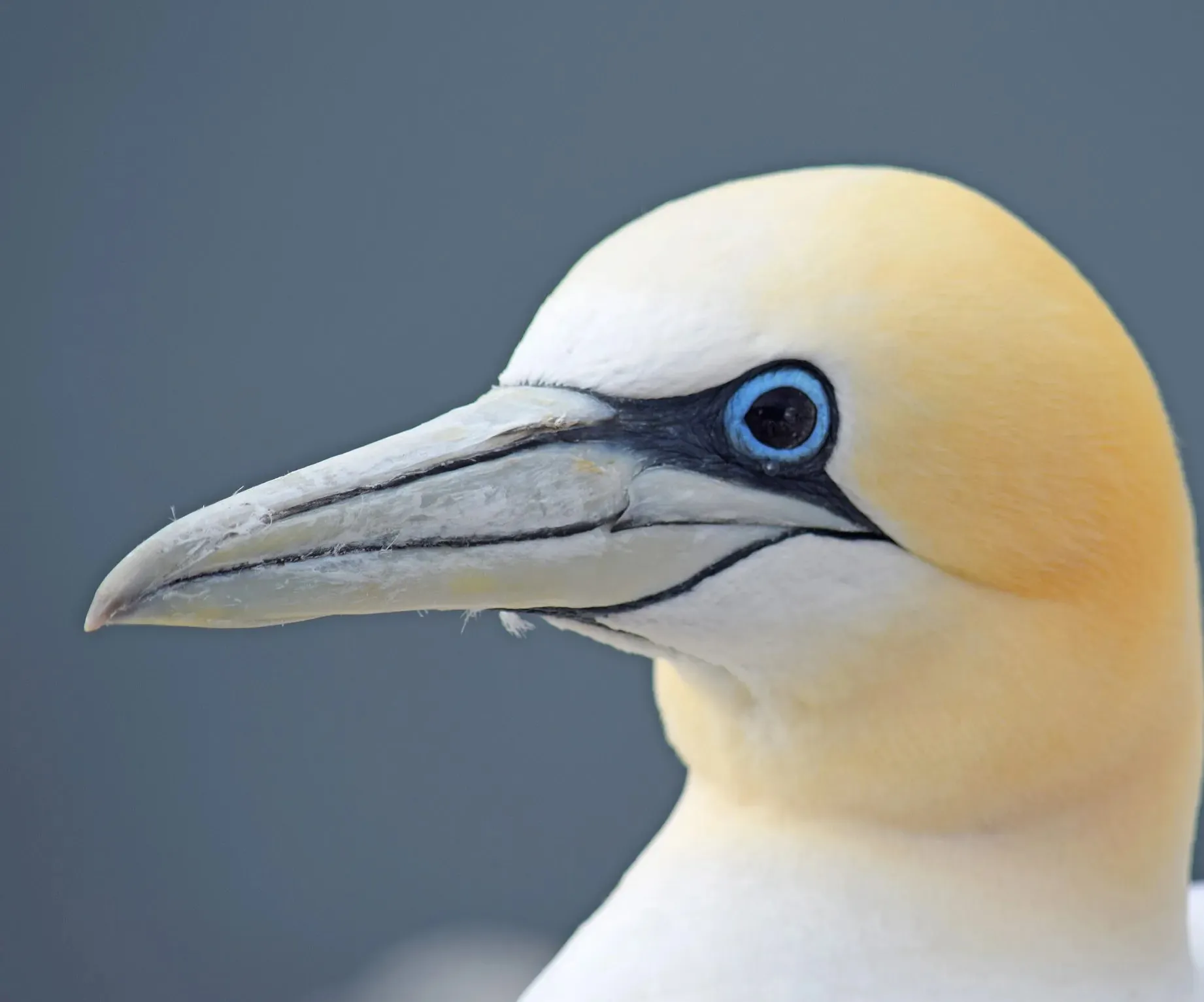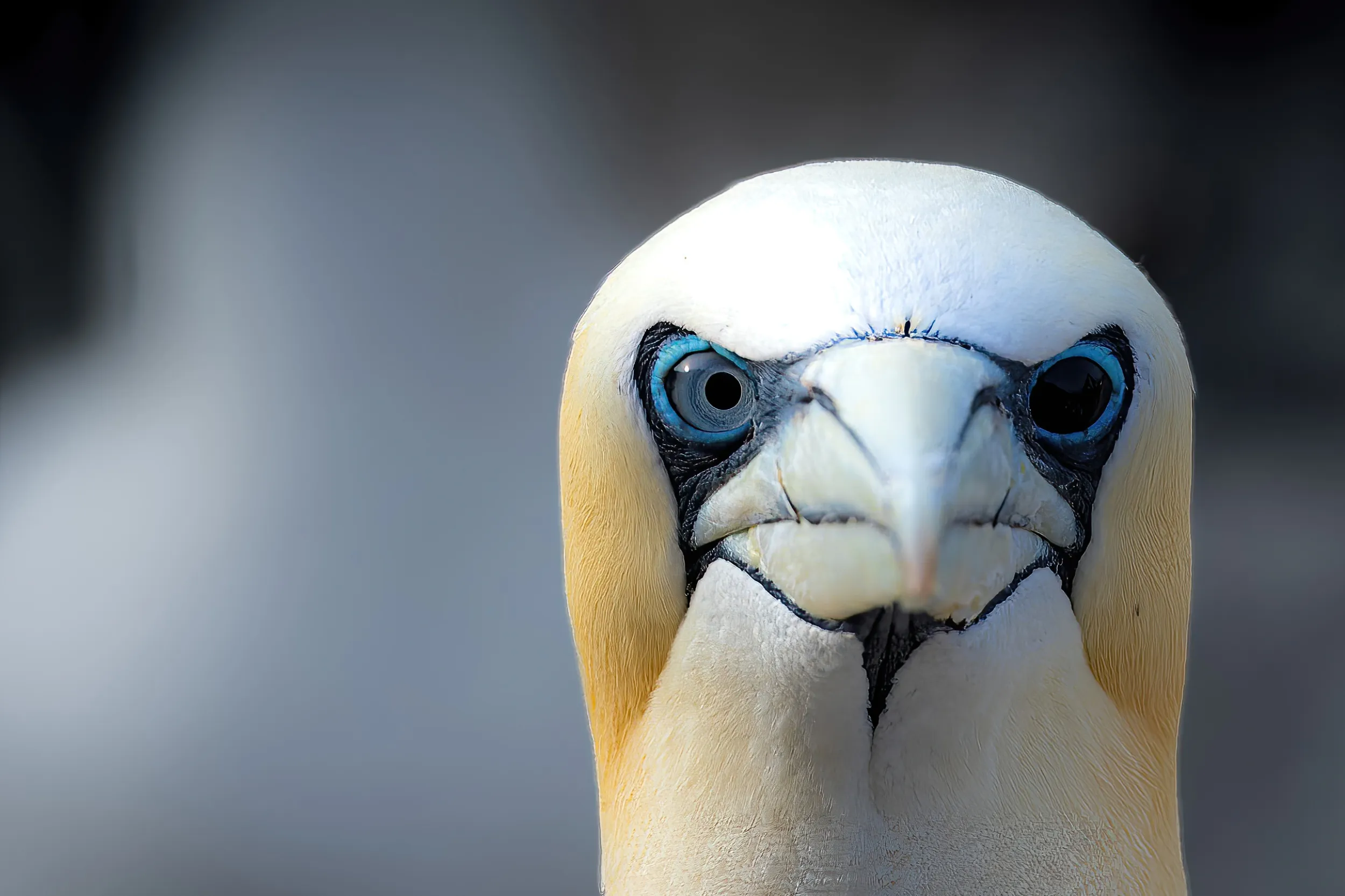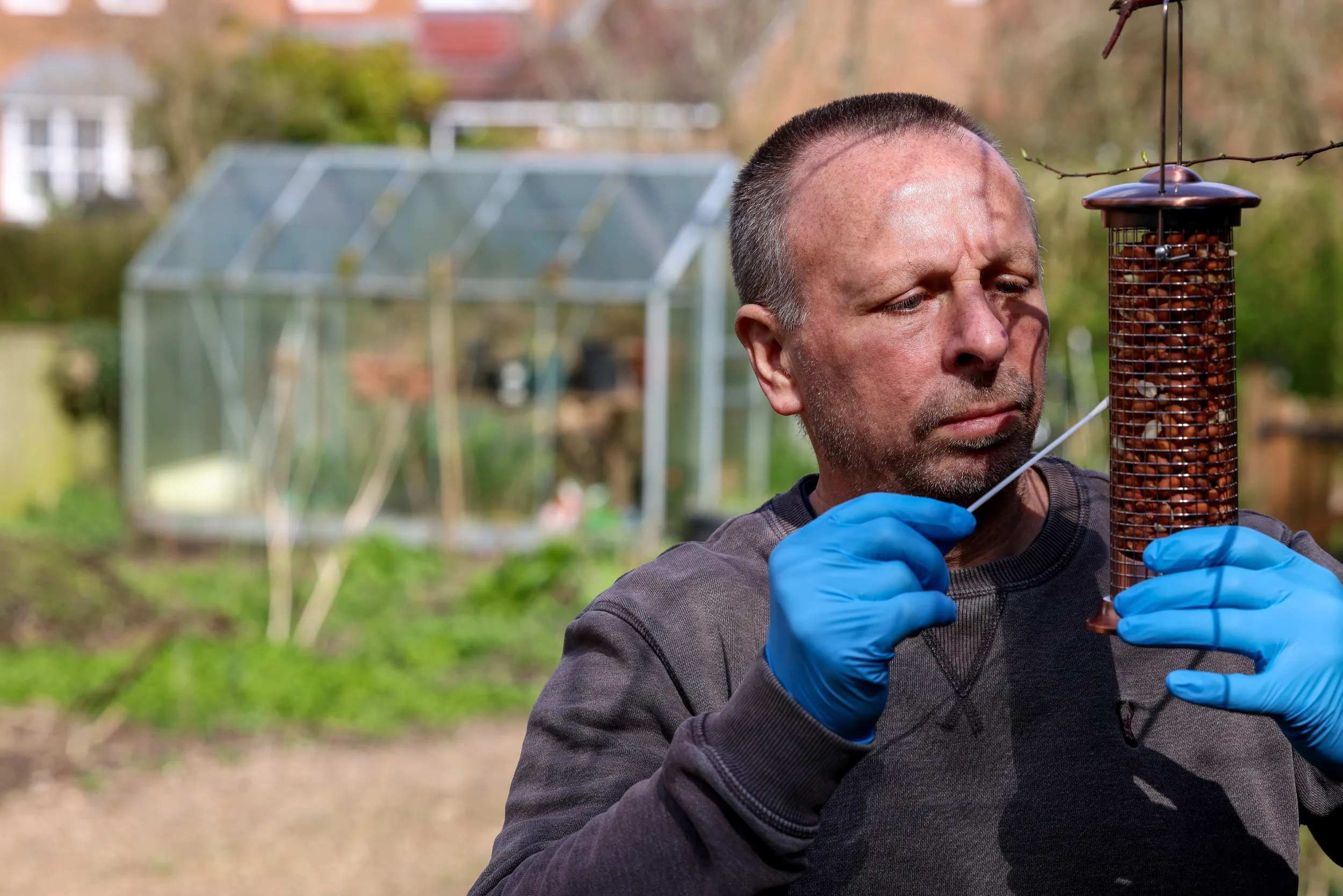
Thank you.
The threat of wildlife disease is growing. Help our scientists undertake vital research so we can save our wildlife.

English | Cymraeg
Thanks to generous donations to our Wildlife Disease Fund, the RSPB now has a dedicated team working to respond to the ever-growing threat of bird diseases like Avian Flu, and Trichomonosis. Right now, we’re working with colleagues in the wider scientific community to understand the long-term impact of disease.
The threat of wildlife disease isn’t going away and its effect will be felt for years to come, as the populations of already threatened species, such as Gannets and Greenfinches, struggle to recover. Our wildlife disease team need your ongoing monthly support today, to help deliver vital research. This work will:
By focusing on the future, together we can find much needed answers to wildlife disease.
.jpg)
The threat of wildlife disease is an ever-growing problem. The nature and climate emergency is causing unprecedented changes in the natural world, making our wildlife increasingly vulnerable. New viruses are emerging, such as Usutu which has affected Blackbirds in some parts of the UK. Plus, there is a continued need to remain alert to the threat of further outbreaks of Avian Flu and other diseases.
Avian Flu has had a catastrophic impact on UK seabirds. There has been a 76% decline in breeding Great Skuas across Scotland, and a 25% decline in breeding Gannets across the UK in 2023. RSPB Conservation Scientist Dr Susie Gold is looking at global research to help predict how birds affected by Avian Flu may recover. Your monthly gift can help RSPB scientists understand what actions could make bird populations more resilient and what can be done better in the event of another disease outbreak to limit its impact.

It’s vital that we monitor wildlife disease, particularly as new viruses emerge. Usutu virus was first detected in the UK in 2020. It affects Blackbirds in particular and has already caused population declines in Germany. Blackbird populations affected by Usutu appear to be recovering but we need to remain vigilant. Avian Malaria is another disease affecting birds. Until recently its impact was considered limited, with UK birds typically surviving the illness. However, it has since been linked to declines in House Sparrows. Another worry is West Nile virus which has devastated populations of American Crows. This deadly virus is now spreading through Europe, and we need to be alert to its possible arrival in the UK.
Right now, Conservation Scientist Will Kirby, is surveying gardens nationwide to understand how this parasite passes from one bird to another. Is it through parents feeding their young? Or via bird feeders or bird baths? By swabbing for signs of the parasite, Will hopes to combat a deadly disease that put Greenfinches onto the Red List of Birds of Conservation Concern. His discoveries could help develop even better cleaning regimes or designs for bird feeders to make them safer.

Dr Connie Tremlett is looking at the impact Avian Flu has had on our globally important Gannet populations. In 2022 the disease led to 16,000 empty nests at RSPB Grassholm in Wales, halving the size of the colony. As Gannets produce just one chick a year, it will take years for them to bounce back. But your support each month could help us continue to monitor nest sites and new chick productivity in the long term. This insight could help us push for policy and conservation action to limit threats, so that Gannets are better able to face future challenges.

Every monthly gift to our Wildlife Disease Fund will support scientific research, policy and conservation action to tackle diseases threatening our wild birds today and in years to come. To thank you, we’ll send you our Impact newsletter, updating you on all our work and how wildlife is faring.

Thank you.
Your regular gift will be used as part of the RSPB’s Wildlife Disease Fund, set up to help scientists understand the long-term impacts of wildlife disease.